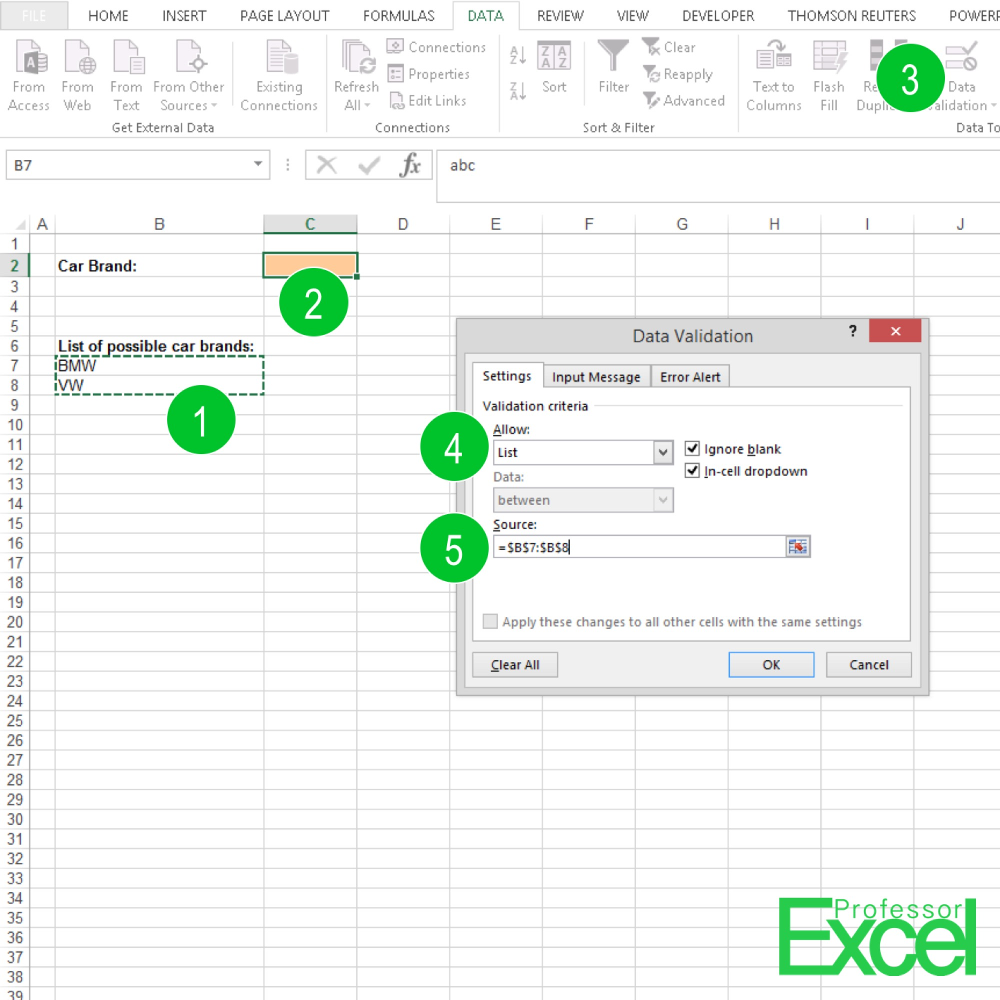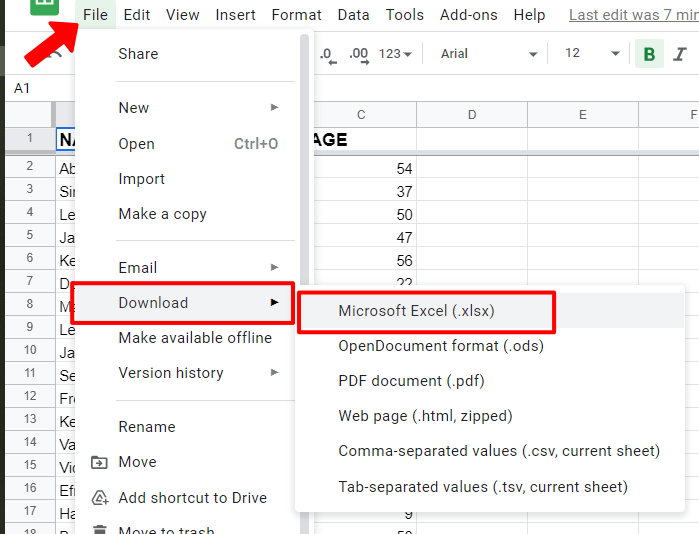ICD-10 Code for FMLA Paperwork: What You Need

Dealing with the Family and Medical Leave Act (FMLA) can be a daunting task, especially when you need to provide the correct medical codes for leave approval. The purpose of this blog is to guide you through the ICD-10 coding system and its application to FMLA paperwork, ensuring that your leave request is processed smoothly and efficiently.
Understanding the FMLA

The Family and Medical Leave Act (FMLA) provides employees with up to 12 weeks of unpaid, job-protected leave per year. This leave can be used for various reasons, including the birth and care of a newborn child, adoption or foster care of a child, care for an immediate family member with a serious health condition, or when the employee themselves has a serious health condition.
Key Points:
- FMLA covers only employees who have worked for their employer for at least 12 months and have worked at least 1,250 hours during the 12 months prior to the start of the FMLA leave.
- The leave can be continuous or intermittent, depending on the situation.
Introduction to ICD-10

ICD-10, or International Classification of Diseases, 10th Revision, is a medical classification list by the World Health Organization (WHO). It contains codes for diseases, signs and symptoms, abnormal findings, complaints, social circumstances, and external causes of injury or diseases.
Here's how ICD-10 fits into FMLA:
- Diagnosis Codes: Used to document the medical reason for the leave.
- Administrative purposes: Ensures that the leave taken falls under the serious health condition definition according to FMLA.
Selecting the Right ICD-10 Code for FMLA

To successfully apply for FMLA leave, selecting the correct ICD-10 code is crucial. Here’s how to choose:
1. Identifying Serious Health Conditions

A serious health condition under FMLA includes:
- Inpatient care.
- A period of incapacity of more than three consecutive full calendar days and treatment by a health care provider twice.
- Pregnancy or prenatal care.
- Chronic conditions requiring periodic visits for treatment.
- Permanent or long-term conditions requiring supervision.
- Multiple treatments for restorative surgery after an accident or other injury.
2. Matching Symptoms or Conditions with Codes

Once you identify the condition, use a coding resource or consult with a healthcare provider to:
- Find the appropriate ICD-10 code from Chapter 1 through Chapter 22.
- Example: For a mental health condition like depression, ICD-10 codes would fall under the F32-F33 category.
3. Documentation

Ensure the FMLA paperwork includes:
- The ICD-10 code.
- A brief description of the health condition or symptoms.
- The start and estimated end date of the leave.
- Whether the leave will be continuous or intermittent.
- The name and signature of the treating physician.
Common Mistakes to Avoid

Here are common mistakes when filing FMLA paperwork:
- Using Outdated Codes: Make sure to use the latest ICD-10 version.
- Vague Descriptions: Provide detailed, not vague, descriptions of the health condition.
- Incomplete Information: Complete all necessary fields on the FMLA paperwork.
- Missing or Incorrect Signatures: Ensure healthcare provider’s signature is correct and current.
Case Studies

Here are examples of how ICD-10 codes are applied in real FMLA scenarios:
Case Study 1: Maternity Leave

Condition: Pregnancy
ICD-10 Codes:
- O00-O9A for general pregnancy-related conditions.
- O26.92 for unspecified pregnancy.
Case Study 2: Mental Health Leave

Condition: Major Depressive Disorder
ICD-10 Codes:
- F32-F33 for depression.
Case Study 3: Chronic Illness

Condition: Crohn’s Disease
ICD-10 Codes:
- K50.0 for Crohn’s disease of the small intestine.
Notes on Documentation

📝 Note: Always consult the latest version of the ICD-10 codebook to ensure accuracy.
📌 Note: When in doubt, consult with a medical provider or coding specialist.
In summary, understanding and accurately applying ICD-10 codes to FMLA paperwork is essential for smooth processing of leave requests. Proper documentation ensures compliance with legal requirements, reduces the chances of delayed or denied leave, and supports both employees and employers in managing health-related leave effectively.
What if my condition isn’t listed under ICD-10?

+
If your condition doesn’t have a specific ICD-10 code, use a code that most closely matches your symptoms or the underlying cause of your health issue.
Can FMLA cover chronic conditions?

+
Yes, chronic conditions that require periodic visits for treatment or supervision can qualify for FMLA leave.
How do I know if my FMLA leave will be approved?

+
FMLA leave approval depends on several factors including your eligibility, the seriousness of the health condition, and proper documentation. Consultation with your HR department can provide clarity.



